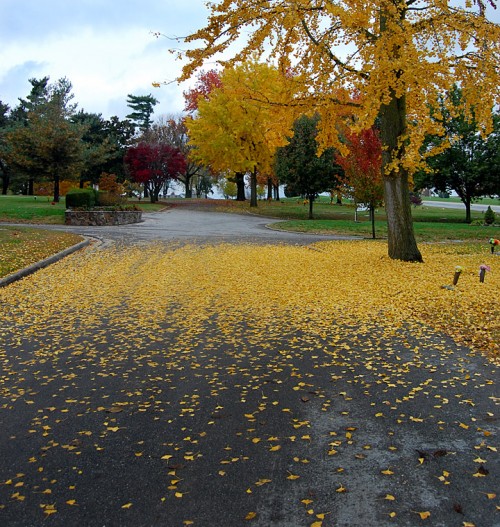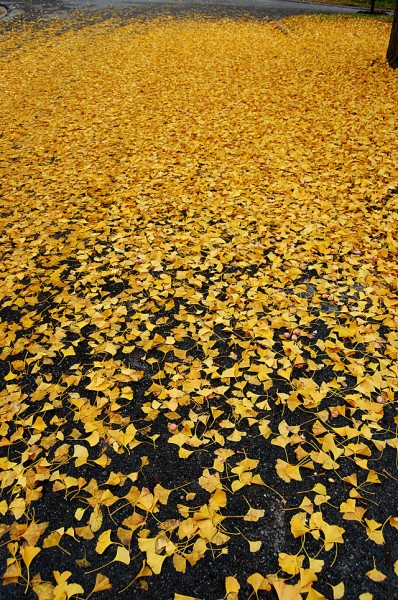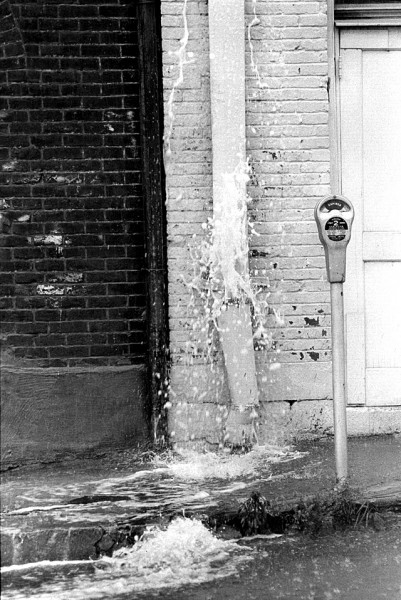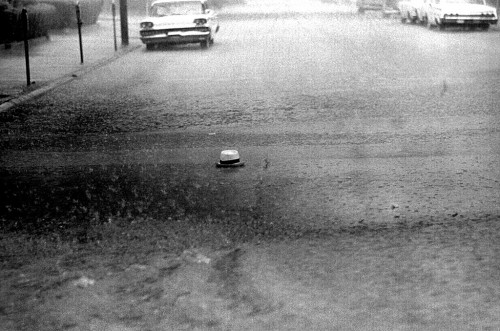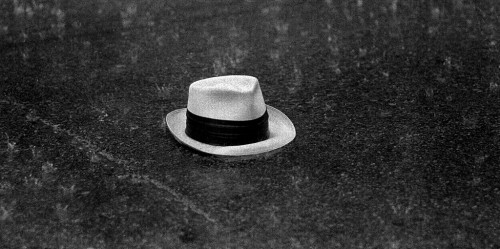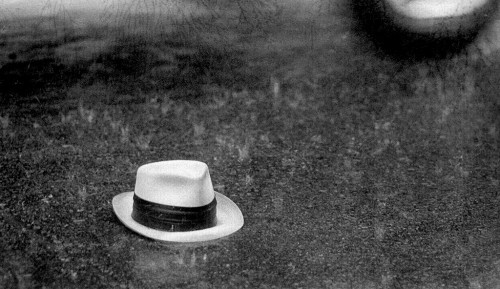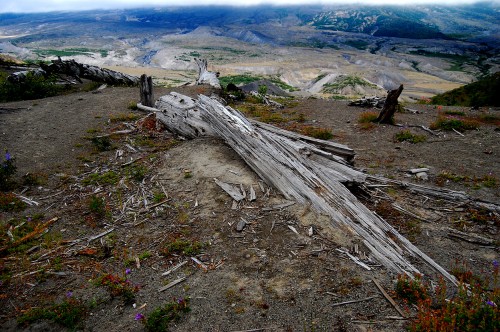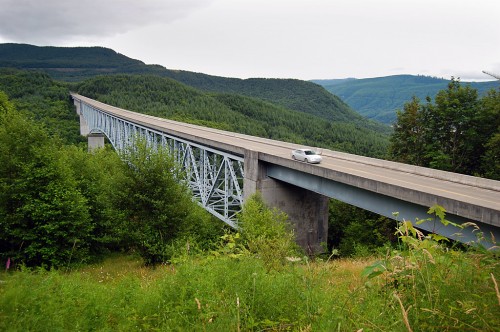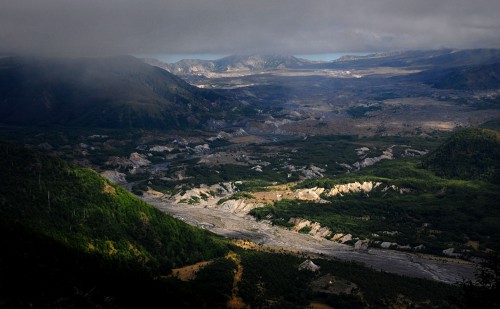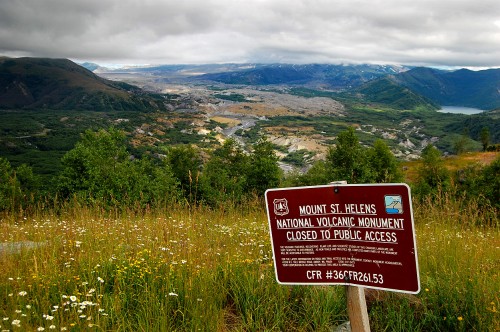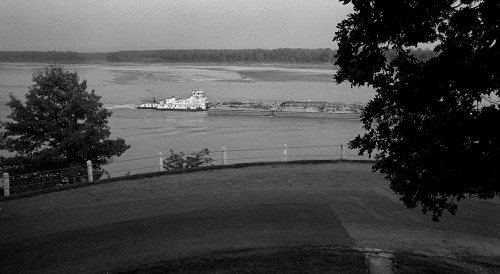 These shots were on the rolls with the photos Jeane Adams I used for the End of Summer story. Some of her photos were taken at Cape Rock, so that explains the towboat photo. The Mississippi River looks almost as low as it was last fall. (Click on any photo to make it larger.)
These shots were on the rolls with the photos Jeane Adams I used for the End of Summer story. Some of her photos were taken at Cape Rock, so that explains the towboat photo. The Mississippi River looks almost as low as it was last fall. (Click on any photo to make it larger.)
Google is a wonderful thing. I blew the picture up large enough to be able to see that the towboat was The Albert M. of B & M Towing. A search found that the craft has been built by St. Louis Shipbuilding and Steel Company of St. Louis, located on the site at the foot of East Davis Street in the Carondelet section of St. Louis, where James B. Eads built the Union Navy’s gunboats during the Civil War. It was called the Rohan Boat, Boiler & Tank Company when it was acquired by Herman Pott in 1933 and renamed St. Louis Shipbuilding & Steel Co. It closed in 1984.
Research by someone named Ingo Steller said that the The Albert M. was built in 1965, so it was fairly new when it passed Cape Rock in September of 1966. It was renamed the The Liz Brent, and, most recently, rebranded as The City of Greenville.
Here’s a launch of a towboat I covered in in 1965 or ’66.
Dennis Scivally’s bridge
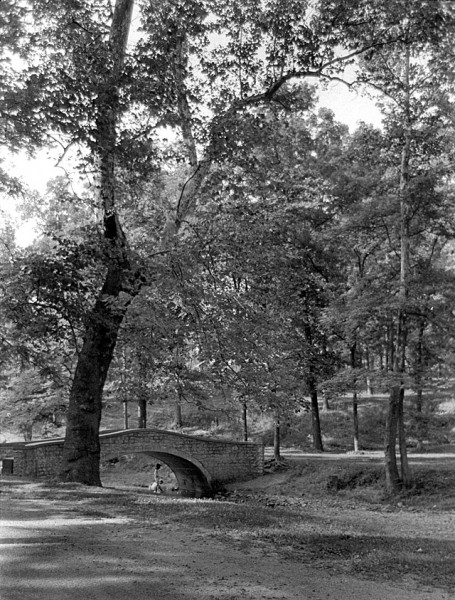 I had to smile a little when I saw this frame of the stone bridge in Dennis Scivally Park. At least three Facebook friends posted photos of that bridge on their Facebook pages today. It has to be one of the most-photographed landmarks in town since it was built in 1941. Here’s what the park looked like about this time last year.
I had to smile a little when I saw this frame of the stone bridge in Dennis Scivally Park. At least three Facebook friends posted photos of that bridge on their Facebook pages today. It has to be one of the most-photographed landmarks in town since it was built in 1941. Here’s what the park looked like about this time last year.
For some reason, I didn’t shoot anything of Jeane in the park. There’s no telling why you get a feeling for a place on one day and not another.
Beating the heat
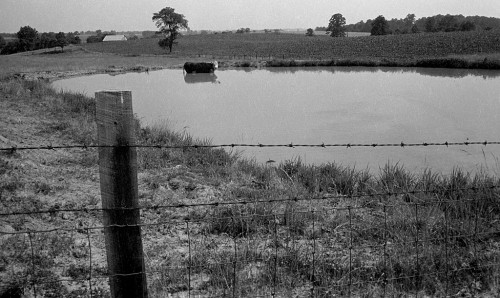 I guess I couldn’t persuade my model to hop on this cow cooling off in a pond. Looks a lot like the ones trying to keep from melting in Perry County last summer.
I guess I couldn’t persuade my model to hop on this cow cooling off in a pond. Looks a lot like the ones trying to keep from melting in Perry County last summer.

